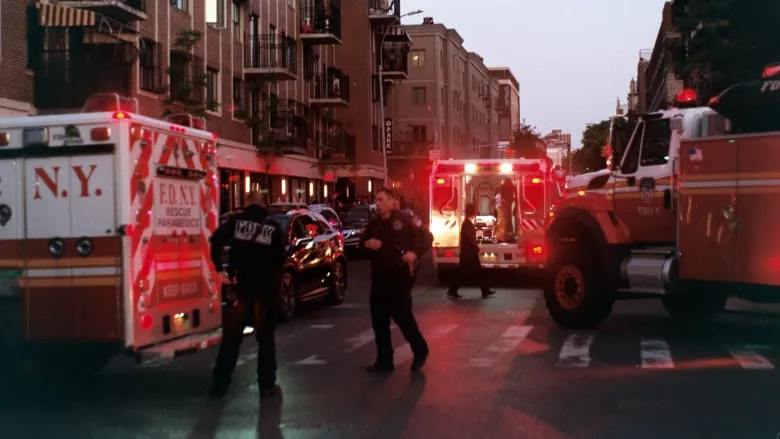America’s 1st responders give NIST a communications tech wish list

Image via Unsplash
Public safety communications technology should be trustworthy, be controllable and reduce user frustration, request first responders in a survey conducted by the National Institute of Standards and Technology (NIST) during the Voices of First Responders project, which reflects the input of 7,182 police, fire, emergency medical and 911 dispatch professionals from across the country.
Based on the responses of the polled first responders, NIST distilled the study data into six guidelines for future technology development, including:
- Improve current technology. More important than developing new technology is improving what first responders currently have.
- Reduce unintended consequences. Develop technology that does not interfere with or distract from first responders’ attention to their primary tasks.
- Recognize that “one size does not fit all.” Technology must accommodate public safety’s wide variety of needs, across disciplines, districts and contexts of use.
- Minimize “technology for technology’s sake.” Develop technology with and for first responders driven by their user characteristics, needs and contexts of use.
- Lower product and service costs. Develop technology at price points that departments find affordable and also scalable for widespread distribution.
- Require usable technology. Technology should make it easy for the user to do the right thing, hard to do the wrong thing and easy to recover when the wrong thing happens.
The research began with interviews of nearly 200 first responders from across the country in an effort to gain a general understanding of how they use communications devices. From this information a more detailed survey was developed regarding particular pieces of technology — from radios and phones to laptops to the headsets and earpieces that call center dispatchers use — and details about them, such as frequency of use and the problems they presented.
Based on the raw survey results, a total of 14 publications detailing the findings were developed. Four publications discuss the technology needs of the four first responder communities, while another 10 focus on the interview and survey data across all four communities. These publications are available here, and can be used by developers to create more useful equipment based on input provided directly from a first responder. This is intended to provide insight into what technological innovations are necessary in order for first responders to adequately perform their duties in real-world situations.
For example, one police officer respondent said his body camera needs to show the court exactly what he saw. In other words, it should indicate that he was upside down and in the dark, but it shouldn’t change the video contrast, which can make it appear that something in that dark room was plainly visible.
Looking for a reprint of this article?
From high-res PDFs to custom plaques, order your copy today!




